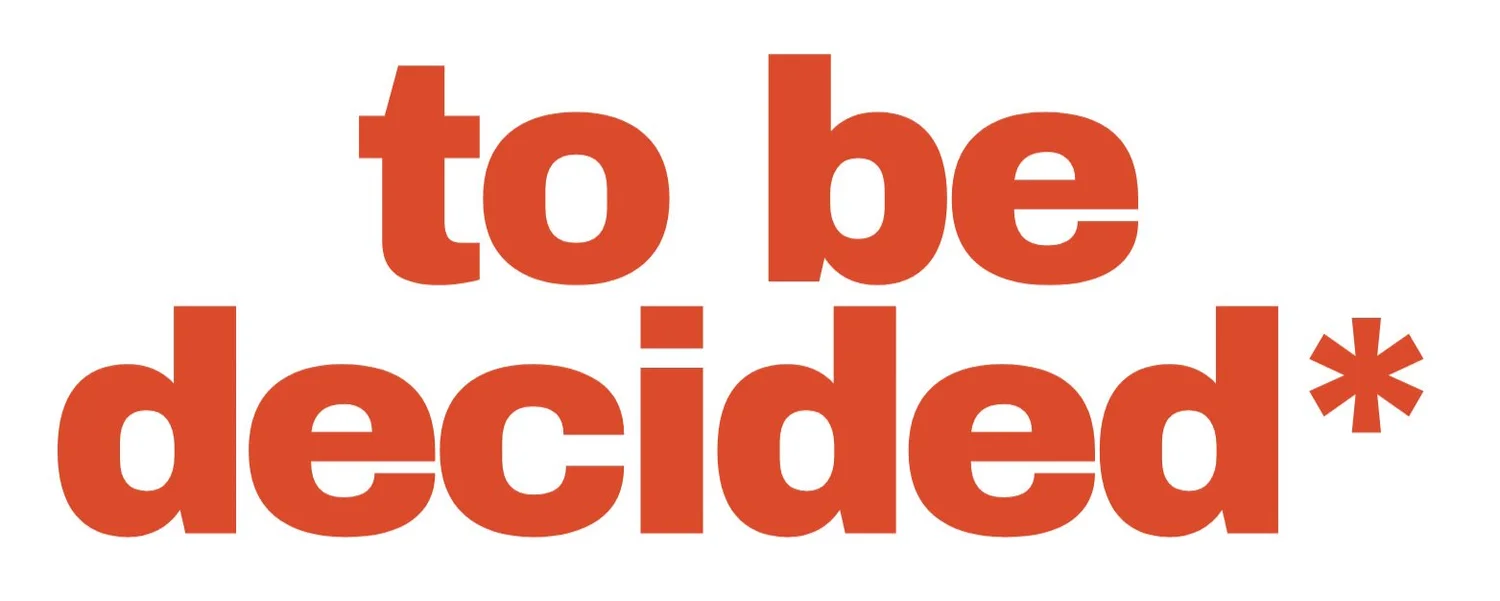The Invisible Committee - Semiotext(e) 2015
Review by Hope Campbell - M.A. Politics, Acadia University
“Thinking, attacking, building – such is our fabulous agenda. This Text is the beginning of a plan. See you soon, Invisible Committee” (The Invisible Committee 2015, 239). The very sentences that end To Our Friends summarize the aim of this book: to provide understanding of the failures of the uprisings of the early 2010s in the hope that there can be a change in the current structures of governance.
In their follow up to the Coming Insurrection (2008), The Invisible Committee examines recent insurrections from Tahrir Square to Wall Street, from Syntagma Square to Puerto del Sol, to understand how uprisings can function. The Invisible Committee laments, “we have lost sight of revolution as a process” (p. 13); which demands organizing whilst being weary of organizations. The nature of revolution must change as the nature of governance itself has changed for “power now resides in the infrastructures of the world” (p. 83). Power affects the ways we communicate, value government, and contribute to the economy. Power does not reside simply in the hands of the government or particular banks, but is found in the way banks and governments function. By assuming that power resides within particular people or institutions limits our way of understanding the relations of power. The Invisible Committee uses the Occupy Wall Street Movement to exemplify this. The Occupy Wall Street movement assumed that democracy could provide a way to govern the movement which accurately represented the protestors’ interests. Therefore it implemented democratically organized ‘working groups’ to create a legislative body. By becoming an organization instead of simply being organized, Occupy Wall Street internalized the same structures of governance they challenged in the first place. The Invisible Committee argues that to create a revolution against infrastructures of global governance, one must fight them asymmetrically (p. 159); one must first understand what one is struggling against and what one is protesting for. Without this, revolutions mirror and incorporate the structures of the institutions against which they opposed.
To Our Friends is both a lament and a hopeful invitation. To Our Friends unpacks the possibility of what revolution must do to be successful. The insurrections which the Invisible Committee predicted in their 2008 work “have come, finally” (p.11). However, their failures are examined throughout To Our Friends. The Invisible Committee offers an insightful critique of the technophilia and technophobia of modern revolutionaries. While many scholars have taken either to praising or disparaging the use of technology in recent revolutions, the Invisible Committee refocuses the debate: “technophilia and technophobia form a diabolical pair joined together by a central untruth: that such a thing as the technical exists” (p. 121). By changing the discourse from the ‘pros’ and ‘cons’ of technology, the Invisible Committee asks if there actually is technology. In doing so, the Invisible Committee suggests a re-evaluation of existing ‘technologies’ used in protests today. Social media sites and popular communication apps, such as Facebook, may be used by protestors; however, the Invisible Committee argues, those forms of media are primarily for policing of peoples (p. 104). Their function of data-collection leads to the rise of ‘smart’ technology, which track, categorize and measure human movement and actions. Smart technology does not enlighten us or liberate us; instead it controls us to work within the ‘smart’ society. Smart technologies allow for the development of self-governing through these technologies, which is referred to as cybernetics. Cybernetics becomes “an art of governing whose formative moments are almost forgotten” (p.107). The Invisible Committee demands that we understand what we call technology as being a discourse on techniques. Techniques are the processes of inviting and breaking down; they have ethics; they are not neutral. Technique allows protestors to be creative and think outside the technology of global governance.
Although To Our Friends provides many critiques of the protests and social movements of the early 2010s, it does so within the frame of the local’s relation to the global. The local is understood as a product of the global as the local can only be seen in its negation to the global. The local is not separate from the global; the local is produced by the global. Without the global, the concept of the local would be meaningless. The global is “the local without walls” (p. 194). Through the creation of the commune the local becomes the centre of the global revolution. The commune offers a localized epicentre in which the individuals are able to organize themselves around their individual needs and interests. The Invisible Committee argues the commune is a way the revolution can be organized without being an organization (p. 231). When movements become organizations, they take on hierarchies and power structures of the very institutions they are against. However, the should question this understanding of the local as a product of the global and particularly whether these ‘walls’ separating the global and the local should be transcended. Will the needs and interests of those who are protesting on the local level be able to be understood through global action? The justice the Invisible Committee and their friends demand gives little space for those who struggle against this infrastructural governance, but are unengaged with revolution.
Despite this, To Our Friends offers a compelling critique of both the modern global governance and the recent social movements and protests against this governance. In the address to their friends at the end of the book, the Invisible Committee writes that they have “taken the time to write with the hope that others would take the time to read” (p. 238). This hope should be fulfilled.
The Invisible Committee. 2015. To Our Friends. South Pasadena: Semiotext(e).

